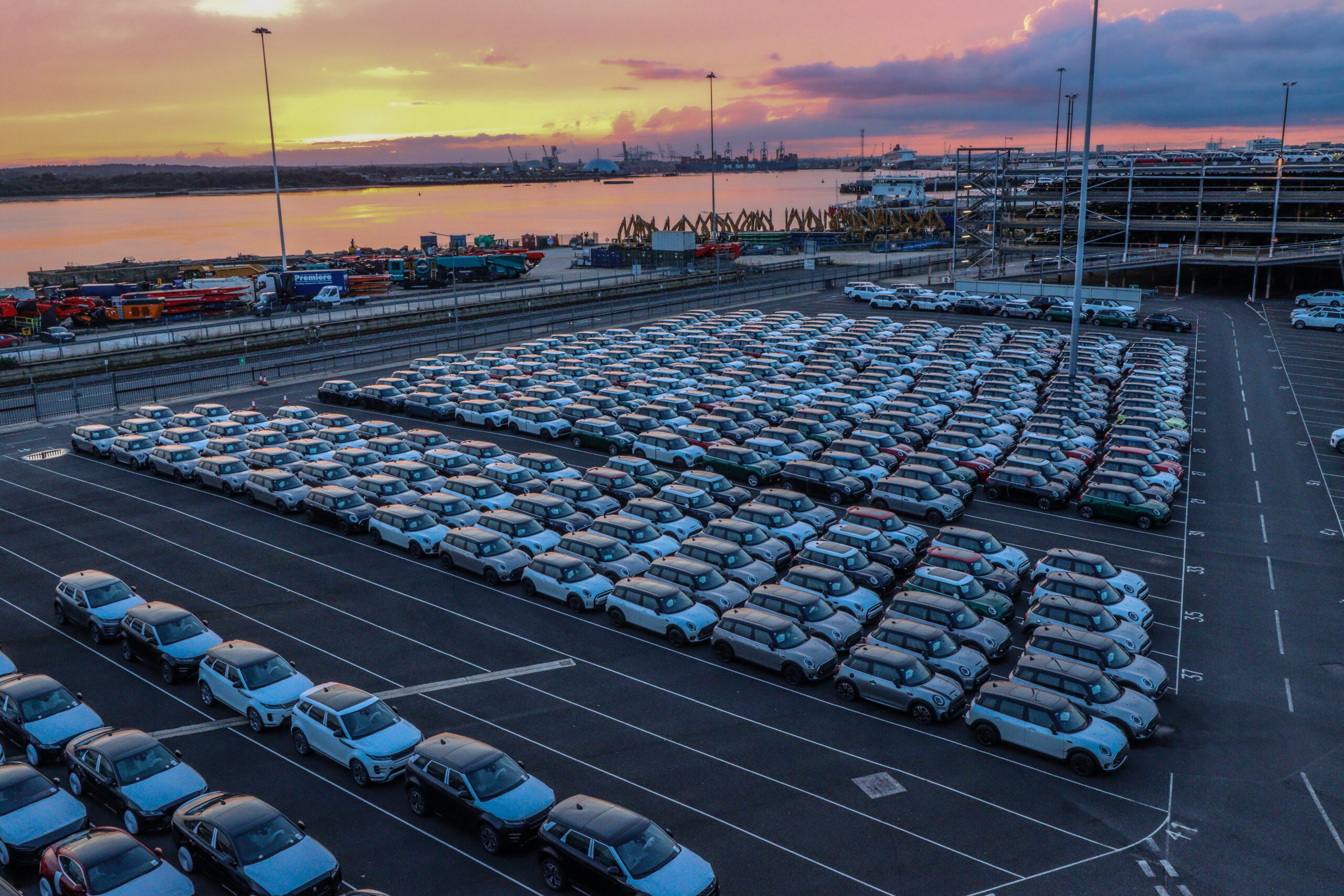
Driver fatigue continues to be one of the most persistent threats on Britain’s roads. It’s a silent contributor to many serious incidents – often overlooked until a crash occurs. For heavy goods vehicles (HGVs), the consequences can be devastating. The road safety charity Brake estimates that between 10% and 20% of all road collisions involve fatigue. In HGV-related incidents, nearly 50% result in death or serious injury.
With pressures mounting on commercial transport – from tighter delivery windows to an ageing driver workforce and shifting regulations – there has never been a more critical time for the industry to confront the fatigue factor head-on.
A mock trial held earlier this year by insurance broker McCarron Coates, based on a real-world incident, highlighted the legal exposure facing operators. A fatigued HGV driver struck a cyclist while under clear signs of sleep deprivation and work-related stress. While the driver was sentenced, the employer was also prosecuted for knowingly permitting the individual to drive in an unfit state.
Ian McCarron, Director at McCarron Coates, believes this sets an important precedent: “Employers must take reasonable steps to monitor driver health and fatigue. It’s no longer acceptable to take a passive approach. Fatigue-related incidents can result in loss of life, reputational harm and criminal prosecution.”
The good news is that the tools to monitor and reduce fatigue are now readily available. Fleet managers can utilise telematics systems and forward-facing cameras to detect unsafe driving patterns. Abrupt braking, inconsistent speeds and distraction signals can all point to driver tiredness.
McCarron added: “Cameras with AI detection can flag signs of drowsiness, lack of road attention, or physical fatigue in real time. These not only help prevent incidents but can also be used to reduce insurance premiums through improved claims performance.”

Research from the Transport Research Laboratory (TRL), conducted as part of a wider study into drivers’ hours and working time, supports this. The report found that real-time monitoring -combined with effective rest policy – offers one of the most impactful combinations to reduce fatigue-related incidents.
However, technology is not a silver bullet. Sally Gilson, Skills and Drivers Policy Lead at the Road Haulage Association, emphasises that human-centred scheduling must be part of the fatigue solution: “Technology like ADAS (Advanced Driver Assistance Systems) can alert us to signs of tiredness. But it doesn’t fix the root causes. Realistic delivery schedules, proper breaks, and adequate facilities are just as important.”
One of the most overlooked contributors to fatigue is poor rest facilities. Without access to clean, safe, and quiet areas to rest, even legally compliant drivers may return to the road poorly recovered.
“Many drivers are still forced to rest in laybys or under inadequate conditions,” said Gilson. “This impacts hydration, diet and mental wellbeing – all of which can affect alertness.”
The TRL study also confirmed a link between long hours, irregular schedules and high fatigue scores. The risk is highest when drivers exceed 55 hours per week, even if mandatory rest breaks are technically observed.
Beyond working conditions, the health of individual drivers must be considered. Sleep apnoea, heart conditions and even side effects from medication can increase fatigue risks significantly. Fleets are increasingly urged to take a more proactive approach to wellness – screening for known medical issues, offering counselling support and encouraging drivers to flag concerns.
Some operators are already adopting wearable health trackers and fatigue-scoring apps to better support their teams.
“Fatigue is rarely just a work problem,” said Gilson. “It’s often linked to wider health, diet and lifestyle factors. Operators who care for their drivers holistically will also see better safety outcomes.”
Crashes involving fatigued drivers tend to be severe and expensive. A tired driver is slower to react – or may not react at all – leading to full-impact collisions. For employers, this leads to insurance claims, vehicle downtime, compensation liabilities, and damaged brand trust.

McCarron Coates reports that fleets that implement effective fatigue-monitoring systems see improved claims performance and lower insurance premiums. “It’s a business case as well as a moral one,” says McCarron.
Effectively reducing driver fatigue also requires collective industry buy-in. While some fleets have adopted best practice, there’s a clear need for cross-sectoral cooperation between operators, insurers, vehicle manufacturers, and policymakers.
One positive example is the growing number of OEMs fitting fatigue-detection and driver-assist systems as standard.
Insurance providers, meanwhile, are beginning to offer premium reductions for fleets that use verified fatigue-prevention systems. Trade associations such as the RHA and Logistics UK are calling for more industry-wide training and fatigue management frameworks to be included in CPC modules and licensing updates.
Looking ahead, autonomous driving technologies and remote fleet management tools may help ease the burden. While fully driverless HGVs remain years away, semi-automated systems -such as lane keep assist, adaptive cruise control and emergency braking – can reduce the mental load on long-haul drivers today.
Zenzic, an organisation created by government to accelerate self-driving, said a shift in the way transport is co-ordinated is needed.
Mark Cracknell, Zenzic’s Programme Director, said: “We need to move from rigid, legacy route planning toward adaptive systems that adjust delivery expectations based on real-time driver health, road conditions, and weather. The technology is there – we now need the cultural shift.”
Lastly, improving how the public perceives the transport industry also matters. Accidents involving fatigued lorry drivers draw disproportionate media attention. Transparent reporting of fatigue policies, public demonstrations of safety technology, and promoting positive driver welfare stories can all help reassure the public that the sector is actively addressing risks.
Ultimately, tackling fatigue is not just about ticking a compliance box. It’s about protecting life, supporting driver wellbeing, and strengthening the long-term viability of UK logistics.


